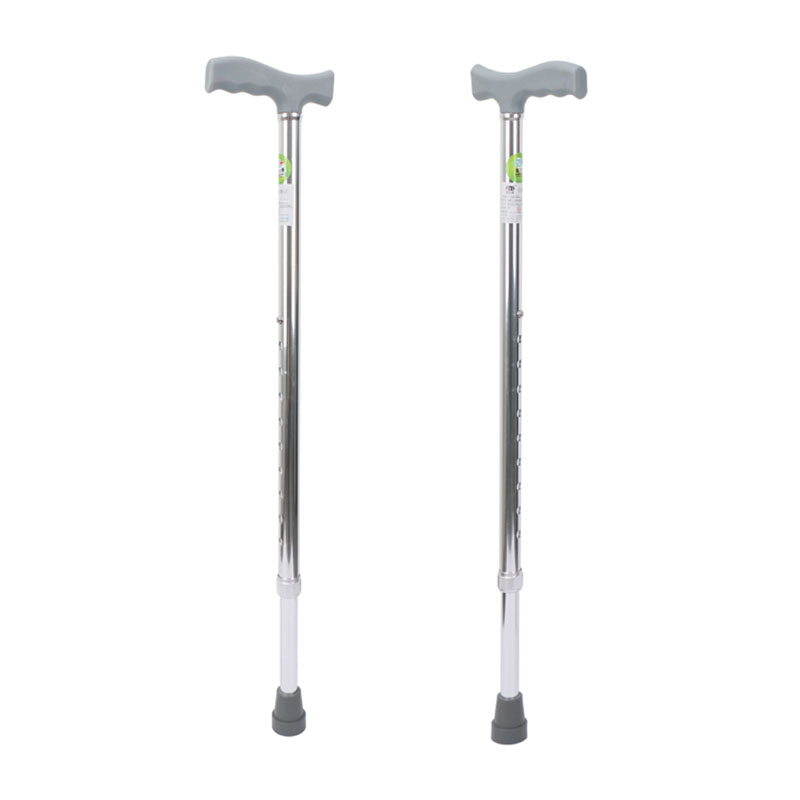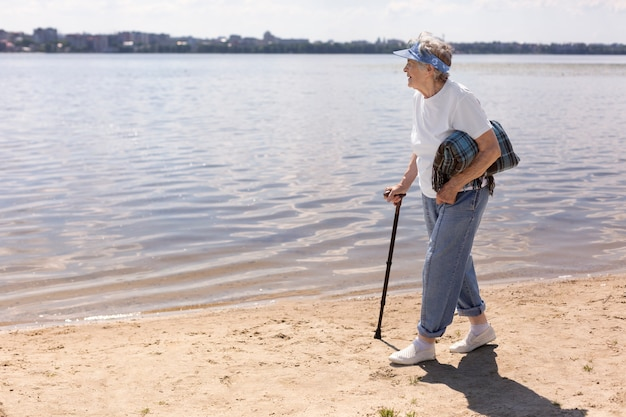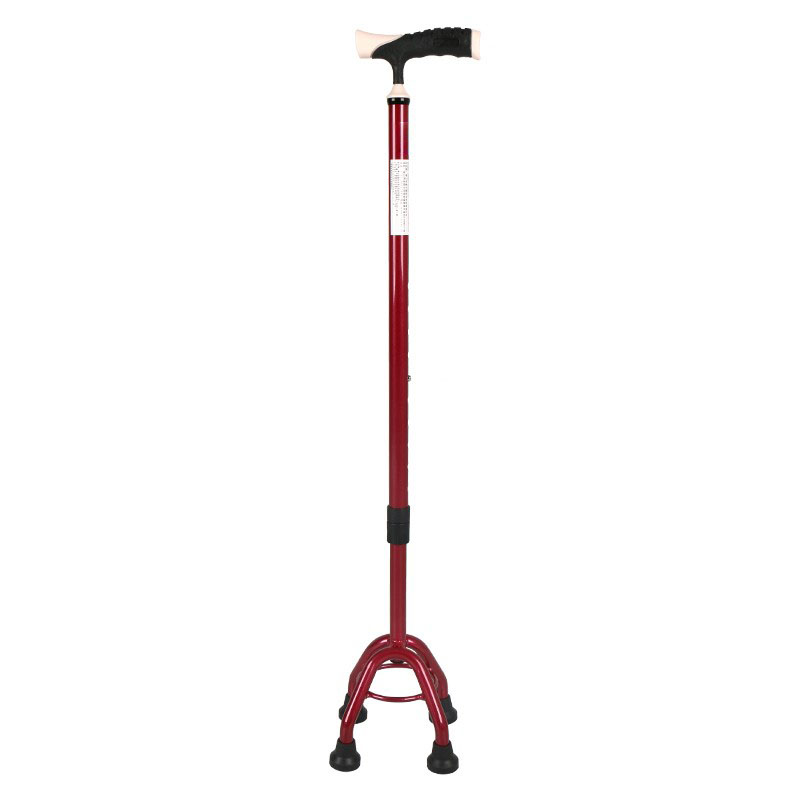For those with balance or mobility issues, a cane can be an invaluable assistive device to improve stability and independence when walking. However, there is some debate around whether the cane should be used on the weaker or stronger side of the body. Let’s take an objective look at the reasoning behind each approach.
Many physical therapists and rehabilitation specialists recommend holding the cane on the weaker side. The logic is that by bearing weight through the arm on the stronger side, you can offload stress from the weaker leg. This allows the cane to provide more support and stability for the weaker limb.
Additionally, using the cane on the weaker side encourages an opposite arm-leg swing pattern similar to normal walking. As the stronger leg steps forward, the arm on the weaker side naturally swings in opposition, allowing the cane to provide stability through that swing phase.
On the other hand, there is also a camp of experts who advise using the cane on the stronger side of the body. The rationale is that by bearing weight through the stronger leg and arm, you have better muscular strength and control over the cane itself.
Those favoring this approach point out that holding the cane on the weaker side forces you to grip and control it through a weaker hand and arm. This could increase fatigue and make the cane harder to maneuver properly. Having it on the stronger side gives you maximum dexterity and strength for cane operation.
Ultimately, there may not be a universal “right” way to use a cane. Much comes down to the individual’s specific strengths, weaknesses, and mobility impairments. An ideal approach is to try using the cane on both sides to determine what feels most comfortable, stable, and natural for one’s gait pattern.
Variables like the cause of mobility limitation, the presence of conditions like stroke deficits or knee/hip arthritis, and the person’s balance capabilities may make one side more optimal than the other. An experienced physical therapist can evaluate these factors to provide a personalized cane recommendation.
Additionally, the type of cane may play a role. A quad cane with small platform at the base provides more stability but less natural arm swing than a traditional single-point cane. User ability and preferences help determine the appropriate assistive device.
There are reasonable arguments for using a cane on either the weaker or stronger side of the body. Factors like user strength, balance, coordination, and the nature of one’s mobility deficits should guide the chosen technique. With an open-minded approach and the assistance of a qualified clinician, each individual can find the safest and most effective way to utilize a cane for improved ambulatory function.
Post time: Mar-14-2024







